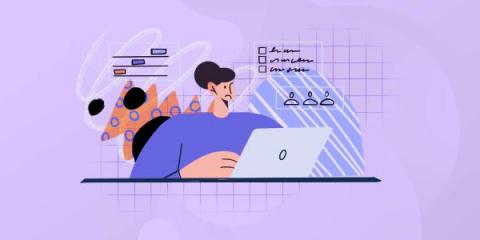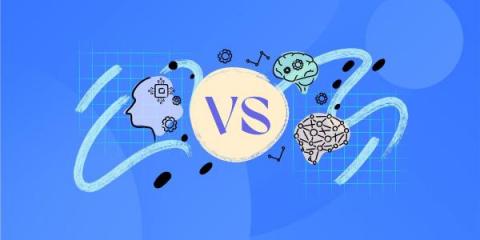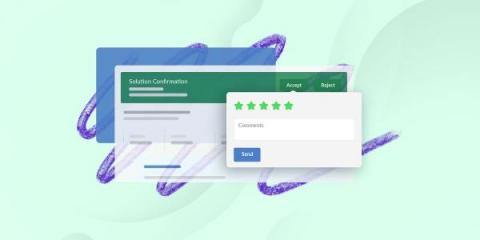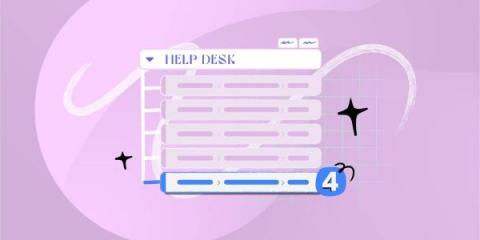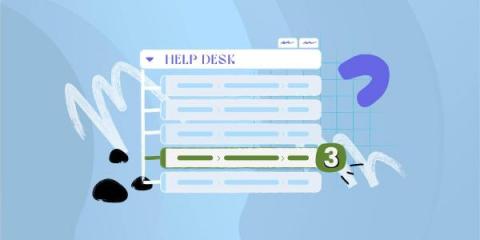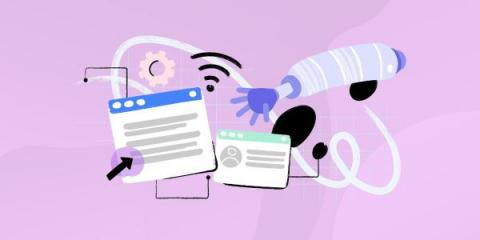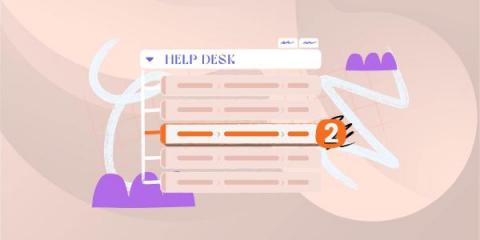The 5 Levels of IT Support: Leveraging your Help Desk Support With Tiers 0 to 4
Providing the best IT support is crucial to improve customer and employee experience, as well as optimizing your help desk agents' time to make the most out of the resources your organization has. The foundation of this is to implement the five levels of IT support. Wait, how come there are five of them?



